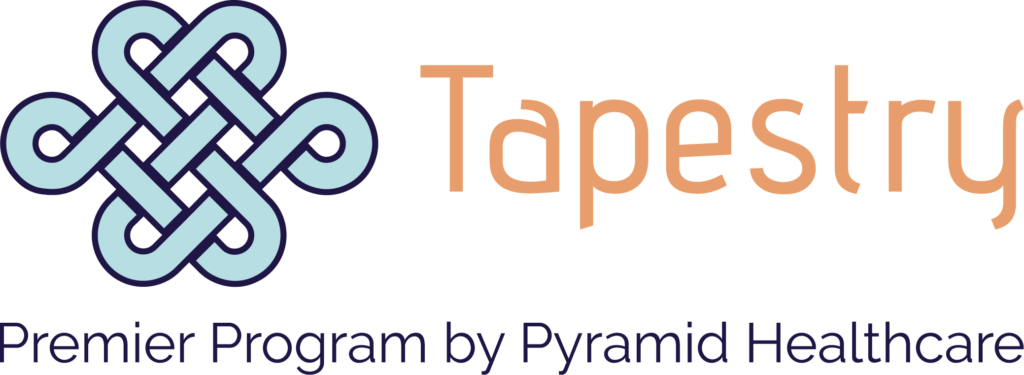Co-Occurring Behavioral Treatment
Treatment for Co-Occurring Behavioral Health Disorders in North Carolina and Pennsylvania
Specialized Care Plans
Tapestry recognizes that clients who are diagnosed with a mental health disorder might also be struggling with other behavioral health issues. In these cases, treatment plans are modified by our multi-disciplinary team to accommodate treating each disorder simultaneously—each within the context of the other. Our psychiatrist and clinicians are skilled at identifying connections between disorders and facilitating whole-person healing.
Disorders that commonly co-occur may include:
- Substance abuse
- Eating disorders
- Depression
- Anxiety
- Bipolar disorder
- Obsessive compulsive disorder
- Body dysmorphia
- Borderline personality disorder
- Post-traumatic stress disorder
- Self-harm
Tapestry offers treatment for many co-occurring disorders. Clients will work with their team to address underlying causes, identify triggers and create a comprehensive treatment plan that meets all their needs.
If you are ready for a confidential assessment, contact us today at (828) 490-4032 . We serve clients throughout Western North Carolina and in the Poconos Mountains of Pennsylvania.
PROFESSIONAL STAFF TO CARE FOR OUR CLIENTS
Tapestry staff members bring decades of combined experience providing empathetic, effective treatment for eating disorders and behavioral disorders.
AN EVOLVED APPROACH TO BEHAVIORAL HEALTHCARE
Through years of experience, we know that these conditions are rarely isolated. We understand that disordered eating and co-occurring disorders are often the result of underlying mental health issues such as trauma, depression and anxiety disorders.
FOUR BEAUTIFUL TREATMENT FACILITIES
Each aspect of our facilities is designed to put you at ease and make you feel as at home as possible.






